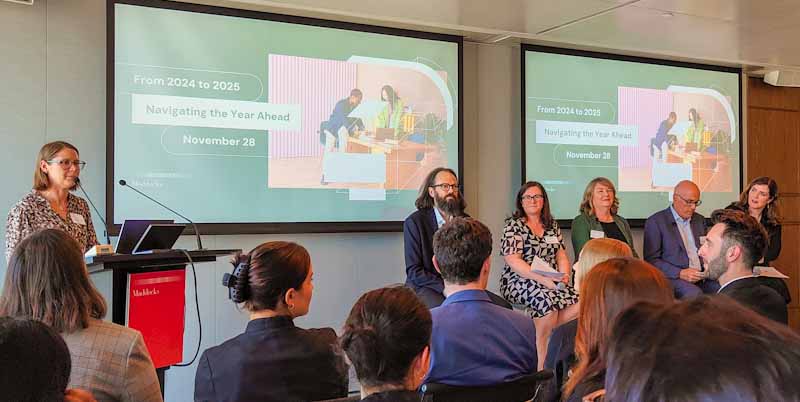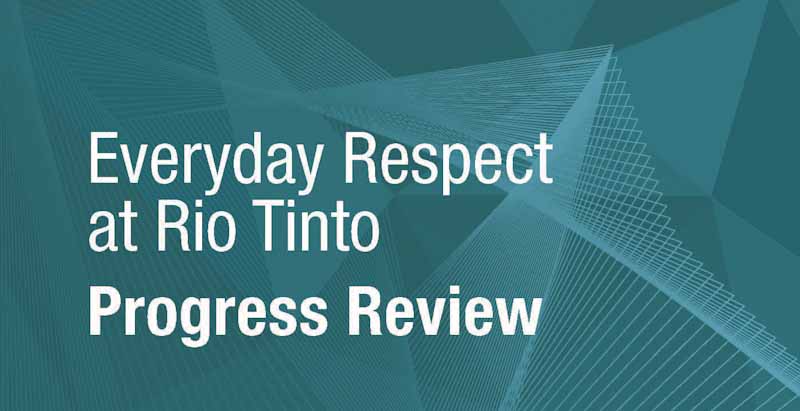Last week, The Weekly Times, a prominent Australian agriculture newspaper, reported on some peculiar behaviours by farmers and quad bike owners. Under laws introduced by the Australian Competition and Consumer Commission, removing vital occupational health and safety (OHS) operator protection devices is permissible. Why would farmers remove a critical safety device and endanger themselves and others?
Category: OHS
Latest OHS News from Maddocks
Last week, Maddocks law firm conducted an end-of-year summary of its workplace relations issues and a forecast for 2025. Occupational health and safety (OHS) are almost inseparable from industrial relations (IR), so the overlaps between the four or five topics discussed were enlightening and provided a good contrast to the information from other law sources.
The reporting of farm deaths could be improved
Recently, Lisa Ronson died in a vehicle incident on her Victorian farm. Much has already been written about her family’s loss, Lisa’s life and the impact on the community. This article is not about her; it is about how her death has been presented in the media over the last few days and the words used for the means of her death.
For many, her death was brought to our attention by a front-page article in the Herald-Sun newspaper on November 25, 2024 (image below). As an advocate for occupational health and safety (OHS) with a strong interest in farm safety, I read the whole article, and others, looking for details of the incident to contextualise it in the history of farm deaths. The only details were mentioned in the second paragraph:
“….after Ms Ronson was killed in a tragic farm accident on Saturday night, her devastated family is mourning the loss of a cherished wife and mother.”
Our understanding of suicides is improving…..finally
[The following article discusses suicide]
In November 2024, Victorian Coroner John Cain said:
“”While our early research suggests that Victoria’s suicide rate has not increased overall, it is troubling that we continue to see no sustained reduction in lives lost.”
Cain has instigated a research program with the Melbourne School of Population and Global Health at the University of Melbourne to provide a better understanding of suicide trends and rates. An understanding supported and queried by an article (paywalled) in The Weekend Australia written by journalist Stephen Corby.
Another multifactorial approach required. This time on suicides
[The following article discusses suicides]
Suicide has been a running thread in this blog for many years, and the occupational health and safety context will continue to be examined. The issue appears in unlikely locations, such as a book translated from French called “The New Spirit of Capitalism”.
The study of suicide is finally overcoming the social stigma to accept that the causes are many, in work and in life, and that mental illness is not always present when people decide to die by suicide. Statistics have helped enormously in this by showing that rates of suicide have not declined, even with millions of government dollars going to mental health organisations.
Here are Luc Boltanski‘s and Eve Chiapello‘s thoughts on those causes and statistics:
Latest OHS News from Herbert Smith Freehills
One of the most important sources of information about occupational health and safety (OHS) is seminars organised by law firms. A great example was a webinar hosted by Herbert Smith Freehills on October 30, 2024, as part of its Safety Leadership Series. It was a general discussion on Australia’s most prominent OHS issues but outlined increasingly significant consequences.
How bad must it have been?
The corporate cultures of Australia’s mining industry have been under substantial scrutiny for over a decade. Sexual harassment, bullying, work-related suicides and more psychosocial hazards have been identified with strategies introduced to address the cultures that contribute to these occupational harms.
On 20 November 2024, Rio Tinto released a progress survey on its cultural change initiatives, which the Australian Financial Review (AFR) described as showing a “backlash” to these reforms. This survey is a significant document for those on similar journeys and for occupational health and safety (OHS) advocates.





